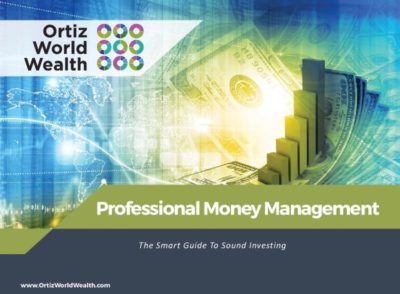
26 Jun Retirement Income Streams: Why you need more than one
When investors focus solely on the accumulation of a certain amount of money—such as $1 million or $2 million—to finance their retirement plans, they ignore the importance of cash flow. Creating reliable cash flows means you won’t be at the mercy of stock market declines, and having multiple streams of income prevents you from becoming too dependant on any one source of funds.
For anyone who values their financial freedom, creating multiple streams of income has become a necessity. The financial risks stemming from a reliance on one income source are far too great, but creating multiple income streams protects you from the inevitable ups and downs of the economy. If you’re nearing retirement, follow these three steps to ensure that you have sufficient income to meet your retirement needs:
Step 1. Accumulate enough cash in your checking and savings accounts to cover six to twelve months of living expenses.
Step 2. With interest rates hovering near historic lows, you can’t rely on savings account interest to fund your retirement needs. You need an investment portfolio capable of generating a steady stream of income. While these investments won’t be as liquid as the funds in your checking or savings accounts, they will allow your assets to grow and keep pace with inflation. Your income-producing portfolio may consist of:
Bonds. Investing in bonds—either through direct purchase of individual securities or a bond mutual fund—can provide a reliable income.
Stocks. Adding dividend-paying stocks to your portfolio is a simple way to bring in extra income. Many companies have a reliable track record of returning a sizable portion of their profits to shareholders via dividends.
Real Estate. Rental real estate can generate a predictable income, and real estate investment trusts are a very convenient way to participate in these investments.
Upon retirement, you should plan to take withdrawals of around two percent to four percent per year—based on your spending needs. Try to establish a systematic withdrawal strategy and stick with it, to avoid overspending and depleting investment assets too quickly.
Step 3. Finally, you should create a guaranteed lifetime income stream. This might come from a company pension, Social Security, or an annuity purchased from an insurance company. When choosing between taking the company pension or a lump sum benefit, seeking advice from a financial professional is always a good idea. There are often many different options to choose from, and the elections are typically irreversible. Annuities can serve as a pension replacement, allowing you to convert a portion of your savings into a future income stream that you can’t outlive.
Creating multiple streams of income will allow you to continue generating cash flow during retirement, so you won’t need to draw down your nest egg as quickly as you otherwise would. You’ll be able to meet your monthly income goals, while creating greater financial independence during your retirement years.




No Comments